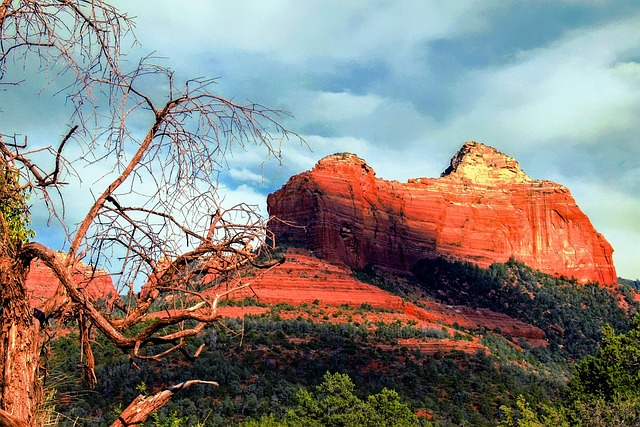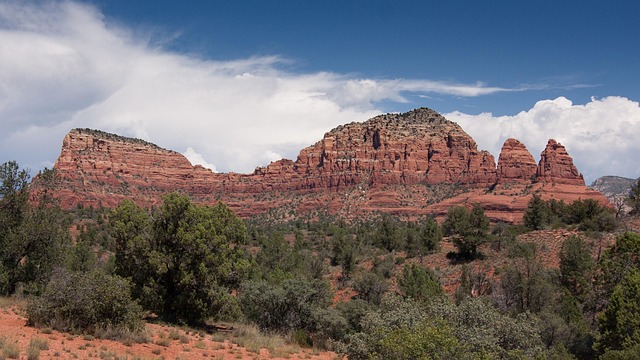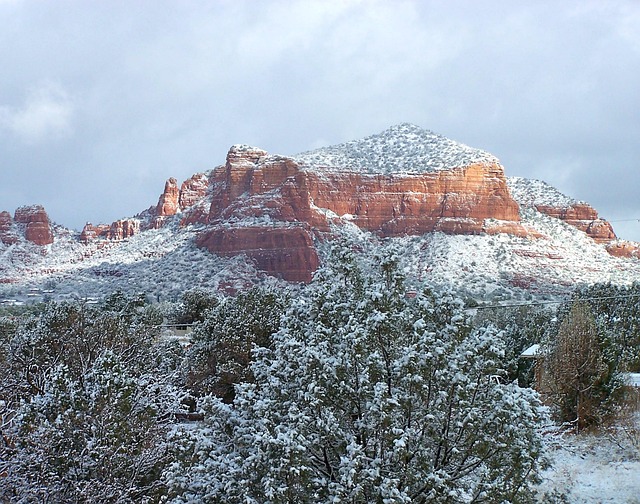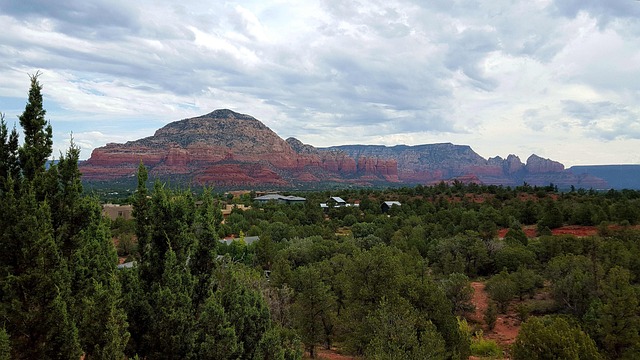The vast, untamed beauty of desert landscapes has long captivated visitors from around the globe. From towering sand dunes to rugged rock formations, these iconic sights are more than just natural wonders—they’re powerful magnets for tourism. This article explores how the allure of desert real estate drives travel, delves into the environmental impact of growing visitor numbers, and highlights the importance of sustainable practices in preserving these unique ecosystems for future generations.
Unveiling the Allure of Desert Real Estate: Scenic Wonders That Attract Visitors

The allure of desert landscapes has long captivated travelers and real estate enthusiasts alike, transforming arid terrains into sought-after destinations. These expansive, untouched spaces offer more than just breathtaking views; they provide a sense of solitude, peace, and connection to nature that is hard to replicate elsewhere. For visitors, the opportunity to immerse themselves in these remote areas, explore unique geological formations, and witness the stark beauty of the desert at sunrise or sunset is irresistible.
Desert real estate has emerged as a niche market, catering to those seeking not just a place to live but an experience. Properties nestled amidst majestic sand dunes, towering rock faces, and vast stretches of open terrain offer a chance to become one with nature. The tranquil hum of the desert winds, the occasional call of wildlife, and the ever-changing canvas of colors in the sky create a sensory experience that is both calming and exhilarating. This unique blend of natural wonders and exclusive, secluded living has made desert real estate a game-changer for those looking to escape the hustle and bustle of urban life.
Iconic Desert Formations: Nature's Masterpiece as a Tourism Magnet

Iconic desert landscapes, with their towering sand dunes, vast expanses, and otherworldly formations, have become powerful magnets for tourists worldwide. These natural wonders offer a unique blend of beauty and challenge that captivates adventurers and relaxation-seekers alike. From the sweeping sands of the Sahara to the colorful cliffs of Monument Valley, these landmarks are not just visual treats but also significant drivers in local economies, especially in real estate.
The allure of iconic desert formations extends beyond their aesthetic appeal; they foster a sense of exploration and discovery. Tourists flock to these destinations to experience stargazing under crystal-clear skies, participate in thrilling dune bashing adventures, or simply immerse themselves in the serenity of nature. This growing interest has led to increased demand for accommodation options, from luxurious resorts to budget-friendly camps, further fueling the real estate market in these once remote areas.
Sustainable Tourism in Arid Lands: Protecting and Preserving Desert Beauty

Sustainable tourism is a vital concept in the realm of travel, especially in delicate desert ecosystems. As visitors are drawn to iconic desert landscapes for their raw beauty, it becomes crucial to balance their experience with preservation efforts. By implementing sustainable practices, local communities and real estate developers can ensure these breathtaking locales remain intact for future generations to appreciate.
This involves responsible planning and management strategies. For instance, controlling visitor numbers, creating eco-friendly infrastructure, and promoting education on desert conservation can minimize the impact of tourism. Moreover, supporting local initiatives focused on sustainable agriculture and water resource management contributes to the long-term health of these arid lands.






